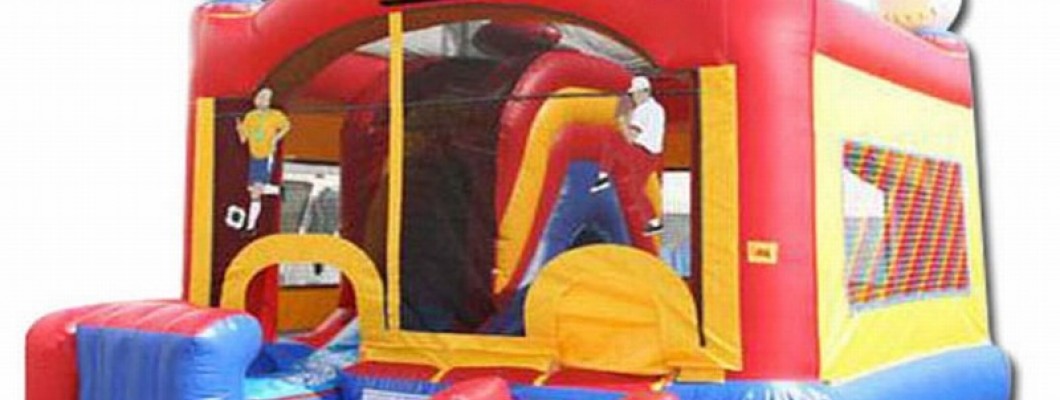
Bounce houses are traditionally used outdoors, but there may be times when you wonder if they can be used indoors, such as during cold weather or rainy days. The good news is that bounce houses can be used indoors, provided you follow some guidelines to ensure safety and fun for everyone.
Things to Consider When Using a Bounce House Indoors
1. Sufficient Space
The most important factor is having enough space for the bounce house to be safely inflated and used. Measure the height of your ceiling, as most indoor spaces (such as basements, gyms, or large living rooms) should have a ceiling height of at least 12 feet. Additionally, there should be enough room around the bounce house for movement and supervision.
2. Proper Flooring
Hard surfaces like wood, tile, or concrete can pose a risk if children fall out of the bounce house. It's recommended to place soft padding such as gym mats, thick carpets, or foam tiles underneath and around the bounce house to cushion any accidental falls.
3. Electric Supply
Since bounce houses rely on continuous air from an electric blower, you'll need a nearby power outlet. Make sure the power cord is out of the way to prevent tripping hazards. Additionally, ensure the blower doesn’t overheat by providing proper ventilation.
Best Types of Bounce Houses for Indoor Use
Not all bounce houses are suited for indoor use. Compact models designed for smaller spaces are ideal for indoors. Here are some options:
- Smaller Inflatable Bouncers: These models are often designed for toddlers and young children and are more compact, making them suitable for indoor setups.
- Inflatable Slides and Obstacle Courses: These are good for large indoor spaces such as gyms, where kids can enjoy climbing and sliding in a controlled environment.
- Low-Height Bouncers: Some inflatable bounce houses are designed with lower height limits, making them perfect for areas with lower ceilings.
Safety Tips for Indoor Use
- Always supervise children while they’re playing in the bounce house, especially in indoor spaces where distractions can occur.
- Ensure that only a limited number of children are allowed inside the bounce house at any time to avoid overcrowding.
- Use proper padding around the bounce house to prevent injuries from falls.
- Set clear rules for the children to follow, such as no roughhousing or flips inside the bounce house.
Conclusion
Yes, a bounce house can be used indoors as long as you have adequate space and take the necessary precautions. Indoor bounce houses can offer a fun and active option for kids, especially during bad weather or colder months. By choosing the right type of inflatable and following safety guidelines, you can ensure a fun and secure indoor play experience.
